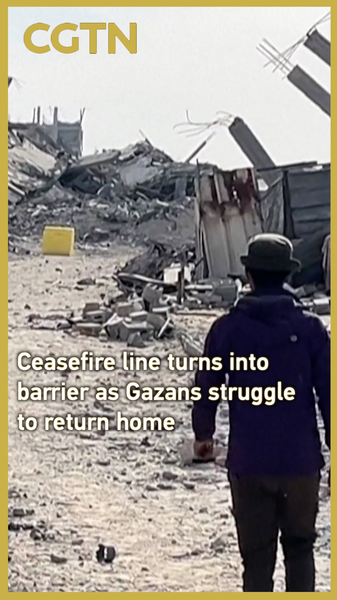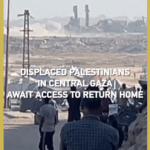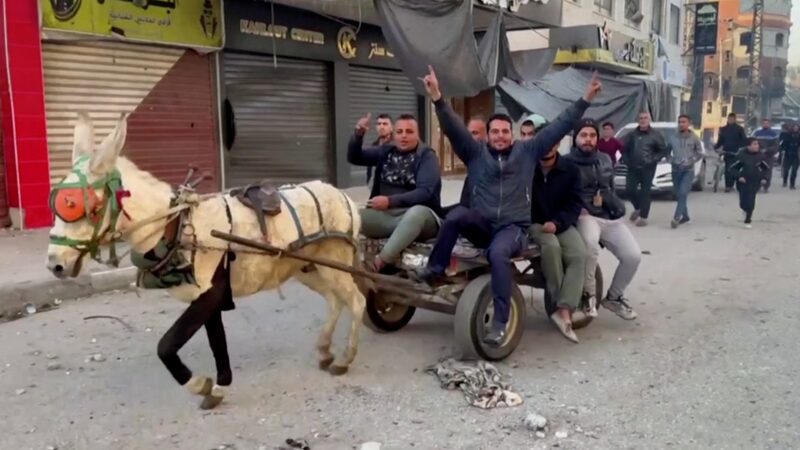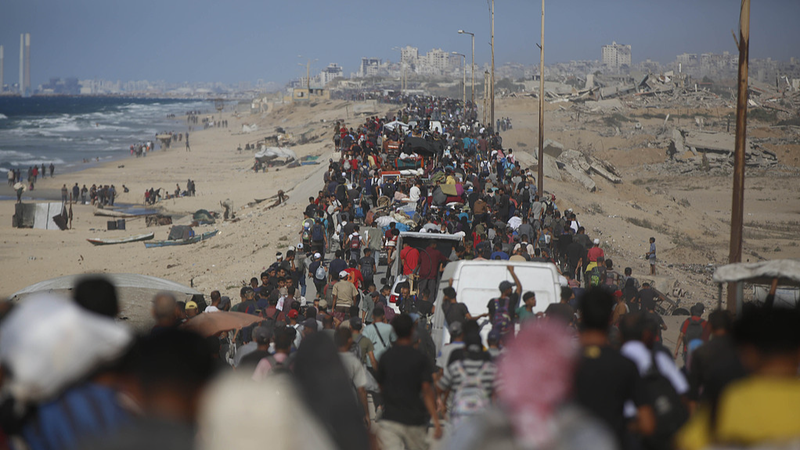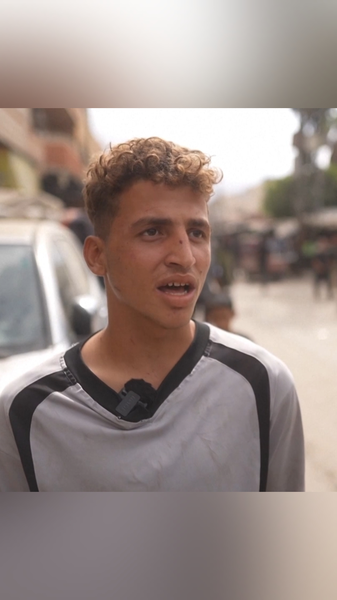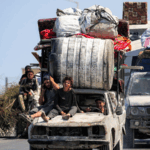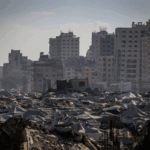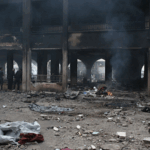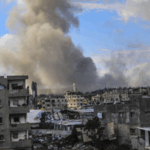As the first phase of the Israel-Hamas ceasefire took effect on October 10, thousands of displaced Palestinians began returning to their homes in northern Gaza. But for many, the Israeli military's newly established "yellow line" demarcation has transformed from a symbolic boundary into an insurmountable barrier.
While Israeli forces withdrew behind the agreed line, residents whose homes lie within areas still under military control face impossible choices. "We watched neighbors reunite with their families through binoculars," said Ahmed al-Masri, a father of three now sheltering in Khan Younis. "Our street is 200 meters beyond that line – close enough to see, too dangerous to reach."
Israeli Defense Minister Yoav Gallant reiterated strict enforcement measures this week, stating: "Any violation or attempt to cross the line will be met with fire." The policy came into sharp focus on November 2 when Israeli troops fatally shot a Palestinian man near Shujayea, alleging he approached the restricted zone.
Humanitarian organizations report growing frustration among displaced families, with UNRWA spokesperson Adnan Abu Hasna noting: "People understand security concerns, but they're asking – when does precaution become permanent separation?" As reconstruction efforts stall in buffer zones, analysts warn the visible divide could complicate long-term peace negotiations.
Reference(s):
Ceasefire line turns into barrier as Gazans struggle to return home
cgtn.com
